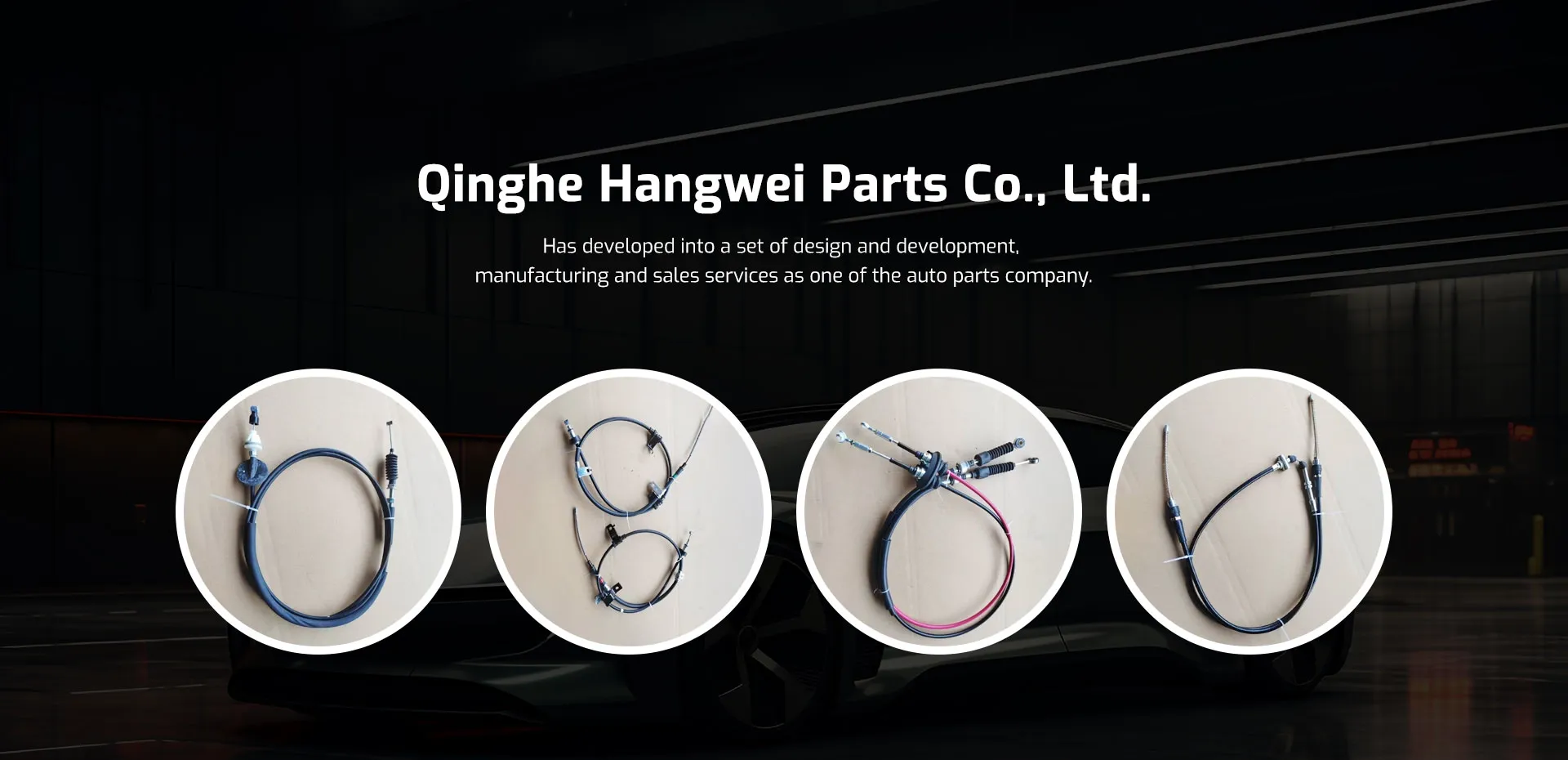carburetor throttle cable
Understanding Carburetor Throttle Cables Their Role and Maintenance
The carburetor throttle cable is a vital component in the operation of many internal combustion engines, particularly those found in older vehicles, motorcycles, and small engines. This cable connects the accelerator pedal to the throttle body or carburetor, allowing the driver to control the engine's power output by regulating the air-fuel mixture entering the combustion chamber. Understanding how this system works and the importance of maintenance can greatly enhance vehicle performance and reliability.
Functionality of the Carburetor Throttle Cable
When the driver presses the accelerator pedal, the throttle cable pulls on the throttle plate within the carburetor, opening it to a greater degree. This mechanism allows more air and fuel to enter the engine, thus increasing power and speed. Conversely, when the pedal is released, the throttle cable retracts, closing the throttle plate and reducing engine power. A free-moving and properly adjusted throttle cable ensures smooth acceleration and responsive engine performance.
Common Issues with Throttle Cables
Over time, throttle cables can develop issues that may lead to performance problems. One common issue is fraying or breaking of the cable itself, which can cause a loss of throttle control. Additionally, lack of lubrication or debris accumulation can lead to stiction, wherein the cable sticks instead of moving smoothly when the accelerator is pressed. Symptoms of a problematic throttle cable include erratic engine response, difficulty in accelerating, or a complete inability to control engine speed.
Maintenance Tips
carburetor throttle cable

To ensure the longevity and effectiveness of a carburetor throttle cable, regular maintenance is crucial. Here are some essential tips
1. Regular Inspections Periodically check the cable for signs of wear, fraying, or damage. Pay special attention to areas where the cable may bend or rub against other components.
2. Lubrication Using a suitable lubricant can help keep the cable moving smoothly. Be cautious not to over-lubricate, as excess oil can attract dirt and debris.
3. Adjustment If the throttle response seems sluggish or too sensitive, it may be necessary to adjust the cable tension. Most manufacturers provide specifications for proper adjustment, ensuring optimal performance.
4. Replacement If a cable shows significant wear or damage, replacing it should be a priority. A new throttle cable can restore responsiveness and ensure safe operation of the vehicle.
Conclusion
In summary, the carburetor throttle cable plays a crucial role in vehicle performance by linking driver input to engine response. Regular maintenance and prompt attention to any issues can prevent more significant problems, ensuring that your engine runs smoothly and efficiently. By taking care of this small yet vital component, vehicle owners can enjoy a more reliable driving experience.
-
Workings of Clutch Pipe and Hose SystemsNewsJun.04,2025
-
The Inner Workings of Hand Brake Cable SystemsNewsJun.04,2025
-
The Secrets of Throttle and Accelerator CablesNewsJun.04,2025
-
The Hidden Lifeline of Your Transmission Gear Shift CablesNewsJun.04,2025
-
Demystifying Gear Cables and Shift LinkagesNewsJun.04,2025
-
Decoding Clutch Line Systems A Comprehensive GuideNewsJun.04,2025
